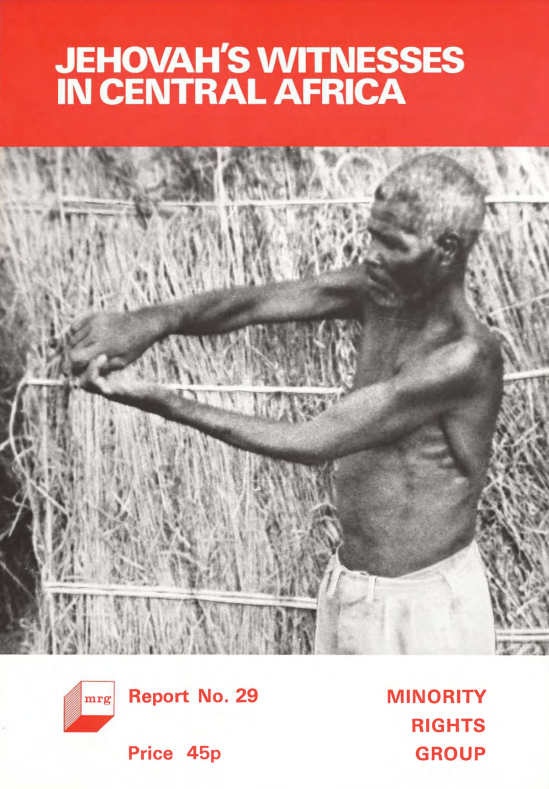Environment
São Tomé and Príncipe is made up of two main islands and several islets formed by volcanoes. They lie almost exactly on the equator and off the coast of Gabon and Equatorial Guinea. Very large reserves of oil have recently been discovered below its territorial waters.
History
The islands were uninhabited until Portuguese explorers arrived in the 15th century, bringing African slaves with them. With slave labour, the Portuguese turned the islands into major exporters of sugar. By the 1800s the main cash crops were coffee and cocoa. Forced labour continued into the 1920s despite the formal abolishment of slavery.
Portugal granted plantation owners wide latitude to regulate their workers, which led to systemic abuses. Through entrenched slavery and plantation life, the islands developed a type of caste-system, with Europeans at the top, then mesticos, then forros, tongas, and finally servicais.
An uprising among plantation workers in 1953 led to the deaths of hundreds of African plantation workers. Later in the decade, a socialist independence movement called the Movement for the Liberation of São Tomé and Principe (MLSTP) formed. At independence in July 1975, after the 1974 coup in Portugal, the MLSTP became the ruling party. The end of Portuguese rule and departure of many plantation owners led many thousands to abandon rural plantation life and its second-class status.
The island nation was ruled as a one-party state with a centrally directed economy until 1990, when reforms led to the introduction of multi-party democracy. By the 1990s, nearly 40 per cent of the workforce were unemployed, their ranks swelled by thousands of São Tomean migrants expelled from Gabon in 1995. Large off-shore oil and gas reserves were discovered in the 1990s, but pumping will not begin until at least 2010.
Governance
With exception of a one-week coup in 2003, reversed through international pressure, São Tomé and Príncipe has remained a multi- party democracy since the first free and fair elections in 1991.
The president serves a five-year term with a limit of two terms. The 55 members of the unicameral National Assembly are elected to four-year terms. The judiciary is generally independent, but lacking in capacity. Respect for civil liberties is the norm.
